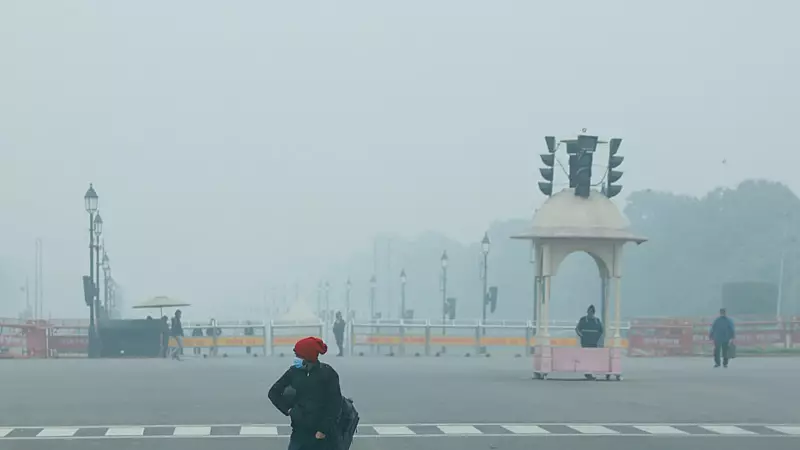
The national capital continues to gasp for breath as Delhi-NCR recorded 'severe' air quality levels on the morning of Wednesday, November 12, 2025. This persistent environmental crisis has prompted the Delhi government to escalate its response, implementing stricter measures to protect public health.
Government Implements Stage 3 of GRAP
In a decisive move to combat the dangerously polluted air, the Delhi government imposed Stage 3 of the Graded Response Action Plan (GRAP) across the entire National Capital Region on Tuesday, November 11. This action was a direct response to the consistently worsening Air Quality Index (AQI).
As part of these stringent measures, the government has announced the closure of all schools for students up to Class 5. Furthermore, a directive has been issued for all government, private, and unaided schools to switch to a hybrid mode of operation, blending online and in-person classes to reduce children's exposure to the toxic air.
Most Polluted Areas in Delhi
According to the latest data released by the Central Pollution Control Board (CPCB), the air quality crisis is widespread but particularly acute in several hotspots. As of 7 am on November 12, the ten most polluted areas and their respective AQI readings were:
- Wazirpur: 458
- Bawana: 451
- Chandni Chowk: 449
- Jahangirpuri: 446
- Mundka: 444
- Rohini: 442
- Nehru Nagar: 440
- Ashok Vihar: 439
- Burari Crossing: 439
- Anand Vihar: 438
The data clearly shows that Wazirpur and Bawana are currently the most affected regions, with AQI levels deep in the 'severe' category, posing serious health risks to residents.
Public Health and Ongoing Challenges
The continuation of 'severe' air quality levels indicates a critical public health situation. Authorities are urging citizens, especially those with respiratory conditions, the elderly, and children, to take necessary precautions. The implementation of GRAP Stage 3 includes a ban on certain types of construction work and the possibility of restricting private vehicle usage under the odd-even scheme, highlighting the severity of the situation.
The people of Delhi-NCR now await further interventions and hope for meteorological changes that could help disperse the thick layer of pollution engulfing the region.





